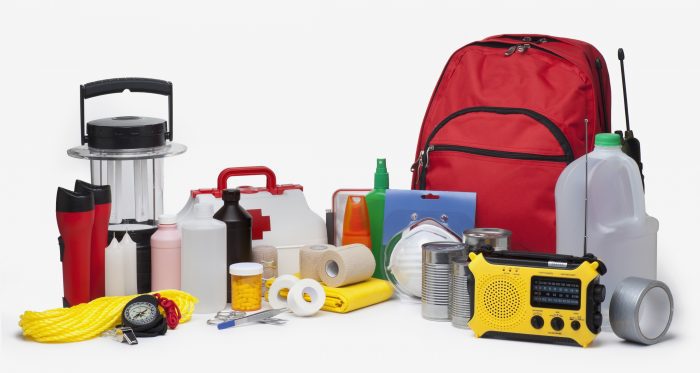The last few days marked National School Bus Safety and National Teen Driver Safety weeks. The lessons and tips organizations shared during these respective periods are vital to remember all year.
School bus laws seem easy for drivers to understand when they are behind the easy-to-spot, yellow vehicle. However, confusion seems to ensue when it is situated elsewhere on the road. If a driver is in the vicinity of a school bus with its red lights flashing and its “stop” sign extended, it means to stop and wait. This applies not only when a driver is behind the school bus but also when it’s on the opposite side of the road, whether it be on a two-way street, divided highway or multiple-lane roadway. The rules also apply in parking lots and school grounds.
In New York, respecting the law can mean saving anywhere from $250 to $1,000 in fines, avoiding jail time, having points on a license or its being revoked. Most important of all, stopping when seeing a school bus saves children’s lives.
When those children grow up and are ready to learn how to drive, there is a lot to take in, and safe driving behaviors should be of the utmost importance. Parents need to have meaningful conversations with their children about making sure seat belts are used and traffic laws are followed.
The repercussions of distracted driving, such as loud music, goofing around with friends and checking text messages, must also be brought up. Parents can lead by example by ensuring when their teens are behind the wheel, they avoid bad driving habits, especially when other young people are in the car.
One of the most important conversations parents can have with their children is that if using alcohol or drugs at a party, make sure to have a designated driver, sleep over or use Uber or Lyft. While the use of these apps has increased, providing rides when needed, some still insist on getting behind the wheel after drinking. With the holidays around the corner, incidents of people too impaired to drive will inevitably increase. A car can always be retrieved from where it was left the night before, but a life can never be replaced.
With the cooler weather here, there is another traffic safety reminder for people of all ages to heed. It’s the beginning of mating season for deer, also known as rutting season. The animals can run out on the road without warning. Usually when a driver sees one, there may be another or a few right behind the first, especially around dusk. When one is spotted, proceed with caution — and respect deer-crossing warning signs.
Dangers on our roadways seem to be increasing every day, but with a little bit of education and care, we can make our roads safer for all.

















